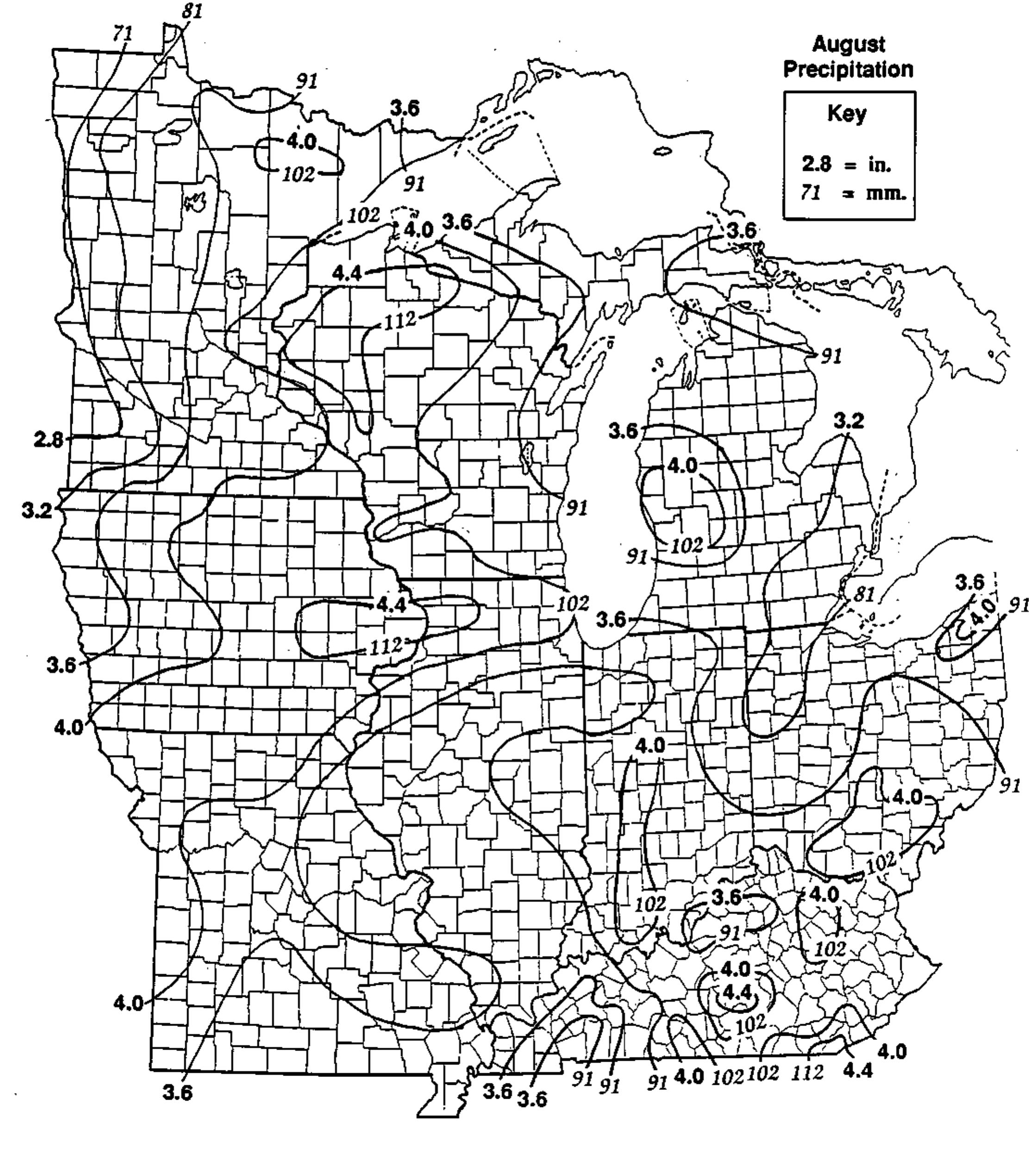Key research themes
1. How do small-scale atmospheric dynamics and turbulent heat fluxes govern the formation and evolution of lake-effect snowbands?
This research area focuses on understanding the fine-scale atmospheric processes such as turbulent heat fluxes, boundary layer dynamics, and mesoscale to misoscale vortices that initiate and organize lake-effect snow (LES) bands. Investigations involve field campaigns using advanced Doppler radars, airborne sensors, and surface flux measurements to characterize the microphysical and kinematic structures within lake-effect snowbands. Understanding these processes is crucial for improving LES forecasting accuracy, particularly snowfall intensity, timing, and location, which have substantial societal impacts.
2. What are the physical and thermodynamic snowpack processes, including microstructural and hydrological influences, critical to lake-effect snow and snowpack evolution?
This theme encompasses studies investigating the physical properties and mechanical behavior of snow, the impact of liquid water penetration on snow stability during rain-on-snow events, the role of light absorbing particles in altering snow albedo and melting rates, and snowpack sensitivity to climate perturbations. Understanding these snowpack properties at microstructural to catchment scales is essential to describing accumulation, metamorphism, avalanche potential, and melt dynamics in lake-effect snow regions.
3. How have lake-effect snowfall and snow ablation patterns varied regionally over time, and what climatic and synoptic factors drive these trends?
Research in this domain investigates the spatial-temporal variability of lake-effect snowfall and snowmelt over the Great Lakes and comparable mid-latitude regions, examining trends, inter-annual variability, and influencing climate oscillations (e.g., ENSO, NAO). Combining climatological datasets, synoptic classification methods, and remote sensing, these studies identify patterns of snow depth changes, extreme ablation events, and implications for regional hydrology and water resource management under a warming climate.




















































